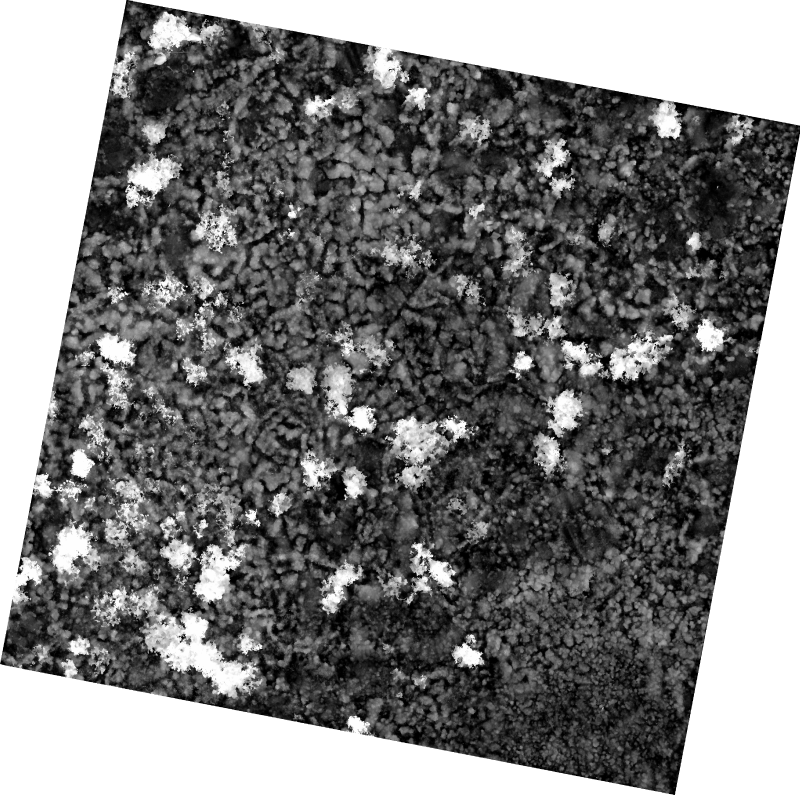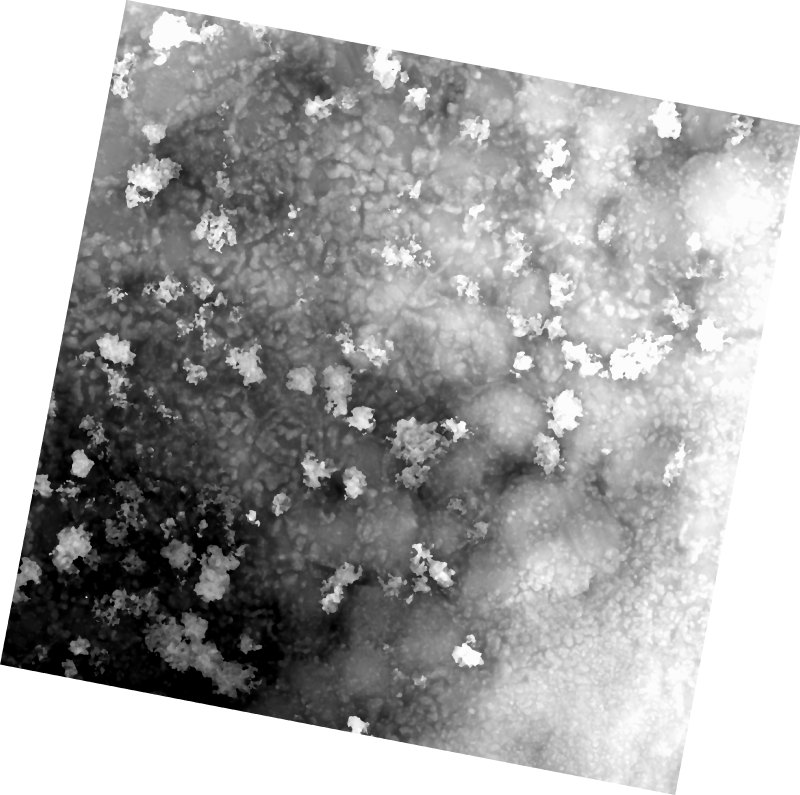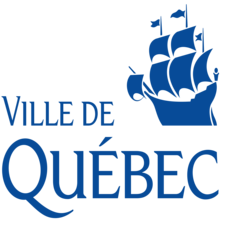Geomatics
Type of resources
Available actions
Topics
Keywords
Contact for the resource
Provided by
Years
Formats
Representation types
Update frequencies
status
Service types
Scale
-
This project was carried out thanks to the financial support of component 2.2 of the MAMAH Regions and Rurality Fund (FRR). The updates were made using orthophotos from spring 2020. The project covers the territory of the MRCs of Haut-Saint-Laurent, Haute-Yamaska, Haute-Yamaska, Roussillon, Rouville, Vaudreuil-Soulanges as well as the agglomeration of Longueuil.**This third party metadata element was translated using an automated translation tool (Amazon Translate).**
-
This is a legacy product that is no longer supported. It may not meet current government standards. Canada3D is a digital elevation model (DEM) produced by the Canadian Forestry Service, Ontario region. The DEM consists of an ordered array of ground elevations providing coverage of the Canadian landmass. It has been derived from the cells of the Canadian Digital Elevation Data (CDED) at the 1:250 000 scale. Canada3D is available in two levels of detail: grids regularly spaced at 30 or 300 arc seconds. Canada3D 30 and 300 are recorded separately in ASCII format. The elevation values are expressed in metres with respect to mean sea level (MSL), in accordance with the North American Datum of 1983 (NAD83).
-

The 1 cm resolution vegetation digital height model was extracted using a bare earth model and digital surface model (DSM) derived from unmanned aerial vehicle (UAV) imagery acquired from a single day survey on July 28th 2016, in Cambridge Bay, Nunavut. The mapping product covers 525m2 and was produced by Canada Centre for Remote Sensing /Canada Centre for Mapping and Earth Observation. The UAV survey was completed in collaboration with the Canadian High Arctic Research Station (CHARS) for northern vegetation monitoring research. For more information, refer to our current Arctic vegetation research: Fraser et al; "UAV photogrammetry for mapping vegetation in the low-Arctic" Arctic Science, 2016, 2(3): 79-102. http://www.nrcresearchpress.com/doi/abs/10.1139/AS-2016-0008
-

In 2015, the Earth Observation Team of the Science and Technology Branch (STB) at Agriculture and Agri-Food Canada (AAFC) repeated the process of generating annual crop inventory digital maps using satellite imagery to for all of Canada, in support of a national crop inventory. A Decision Tree (DT) based methodology was applied using optical (Landsat-8) and radar (RADARSAT-2) based satellite images, and having a final spatial resolution of 30m. In conjunction with satellite acquisitions, ground-truth information was provided by provincial crop insurance companies and point observations from the BC Ministry of Agriculture and our regional AAFC colleagues.
-

The 1 cm resolution digital surface model (DSM) was created from unmanned aerial vehicle (UAV) imagery acquired from a single day survey, July 28th 2016, in Cambridge Bay, Nunavut. Five control points taken from a Global Differential Positioning System were positioned in the corners and the center of the vegetation survey. The DSM covering 525m2 was produced by Canada Centre for Remote Sensing /Canada Centre for Mapping and Earth Observation. The UAV survey was completed in collaboration with the Canadian High Arctic Research Station (CHARS) for northern vegetation monitoring research. For more information, refer to our current Arctic vegetation research: Fraser et al; "UAV photogrammetry for mapping vegetation in the low-Arctic" Arctic Science, 2016, 2(3): 79-102. http://www.nrcresearchpress.com/doi/abs/10.1139/AS-2016-0008
-

Mapping of neighborhoods in Quebec City.**This third party metadata element was translated using an automated translation tool (Amazon Translate).**
-

In July and August of 2019, a remotely piloted aircraft system (RPAS) project was undertaken in Canada’s western Arctic along the Inuvik to Tuktoyaktuk (ITH) and Dempster highways. The objective of this project was to test long-range RPAS missions for photogrammetric data acquisition and processing of these two Arctic highway corridors with embankments, bridges and culverts at risk of changing environmental and climatic regimes. The imagery was used to derive an orthomosaic and digital elevation model that could be used to measure road infrastructure and landscape change over time (e.g., fish habitat). The RPAS missions were conducted with a Griffon SeaHunter and full-frame DSLR sensor and scoped to obtain <10 cm spatial resolution imagery along a combined 396 linear km. The final deliverables covered over 22,000 ha and 29,000 ha for the ITH and Dempster Highways, respectively, and represent one of the first non-military beyond-visual-line-of-sight RPAS data products of its kind and scale in Canada, and likely elsewhere. At the time of collection the data constituted the most current and detailed photo surveys of two of Canada’s most northern highways constructed over ice-rich permafrost terrain, and will provide a valuable baseline to study past and future landscape change.
-

Canada Center for Mapping and Earth Observation (CCMEO)'s basemap is essential in supporting the Government of Canada’s priorities in areas such as open government, climate change mitigation, Indigenous reconciliation, emergency management, disaster preparedness and response, sustainable natural resource management, infrastructure planning, economy/labour and more. It reinforces CCMEO’s commitment to improving the accessibility, interoperability and integration of geospatial data across Canada. CCMEO currently offers multiple basemap types which include the following found in this series: - Transportation basemap (CBMT) in raster tile format - Transportation basemap (CBMT) in vector tile format EPSG: 3857 (WGS84 Pseudo-Mercator) - Transportation basemap (CBMT) in vector tile format EPSG: 3978 (NAD83 Canada Atlas Lambert) - Digital Elevation Model (DEM) - hillshade basemap (CBME) - Simple grey basemap - Provinces/Territories basemap - Grids (Lat/Long, NTS and UTM) basemap
-
Data was created or derived from unmanned aerial vehicle (UAV) imagery acquired from a single day survey, July 28th 2016, in Cambridge Bay, Nunavut. Five control points taken from a Global Differential Positioning System were positioned in the corners and the center of the vegetation survey. The following datasets covers 525m2 and was produced by Canada Centre for Remote Sensing /Canada Centre for Mapping and Earth Observation: - UAV Digital Surface Model (DSM) in Cambridge Bay, Nunavut -Vegetation Plot - UAV Orthomosaic of Cambridge Bay, Nunavut - Vegetation Plot - UAV Vegetation Height Model, Cambridge Bay, Nunavut The UAV survey was completed in collaboration with the Canadian High Arctic Research Station (CHARS) for northern vegetation monitoring research. For more information, refer to our current Arctic vegetation research: Fraser et al; ""UAV photogrammetry for mapping vegetation in the low-Arctic"" Arctic Science, 2016, 2(3): 79-102, 10.1139/as-2016-0008 http://www.nrcresearchpress.com/doi/abs/10.1139/AS-2016-0008
-

In 2010 the Earth Observation Team of the Science and Technology Branch (STB) at Agriculture and Agri-Food Canada (AAFC) continued the process of generating annual crop inventory digital maps using satellite imagery. Focusing on the Prairie Provinces, a Decision Tree (DT) based methodology was applied using both optical (AWiFS, Landsat-5, DMC) and radar (RADARSAT-2) based satellite imagery, and having a final spatial resolution of 56m. Methods were also developed to enhance the optical classification with RADARSAT-2 imagery, addressing issues associated with cloud cover. In conjunction with satellite acquisitions, ground-truth information was provided by provincial crop insurance companies and point observations from our regional AAFC colleagues. The overall process for Crop Inventory Map includes: satellite data acquisition; field data acquisition for classification training and accuracy assessment; and, operational implementation of the classification methodology.
 Arctic SDI catalogue
Arctic SDI catalogue
